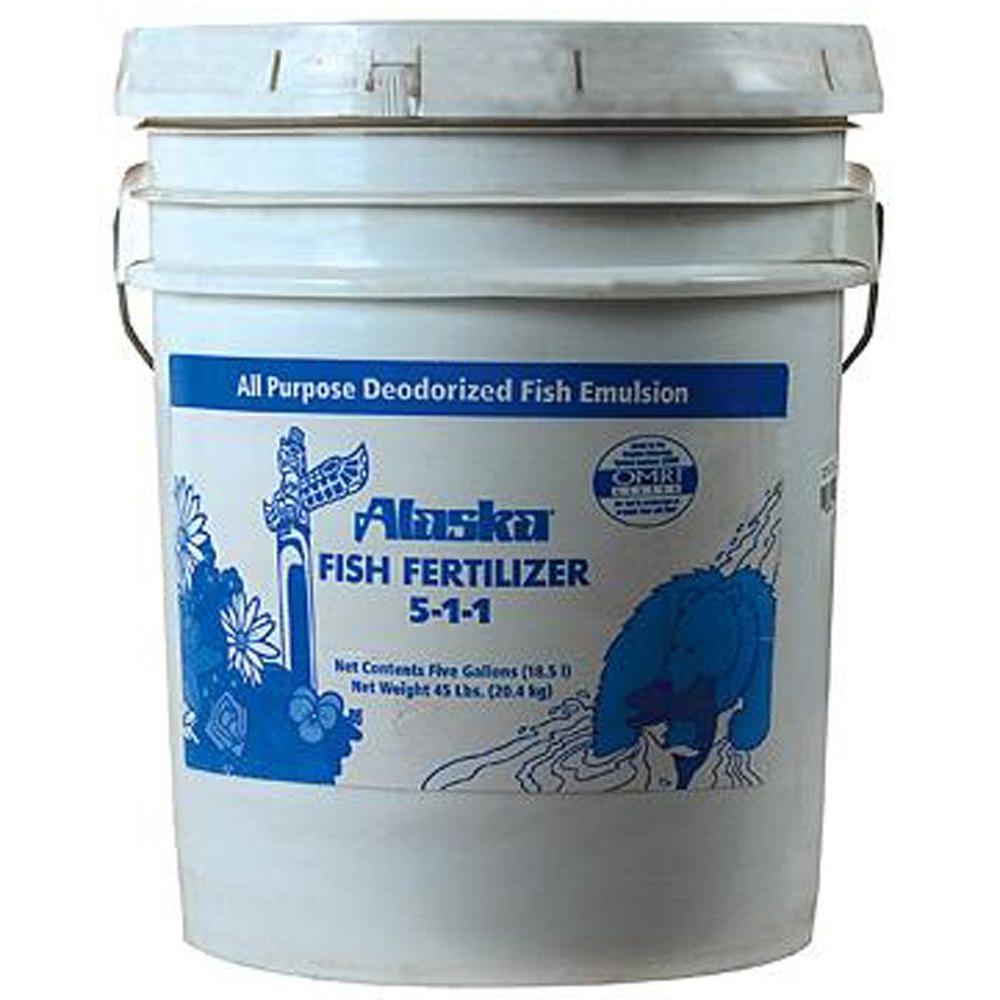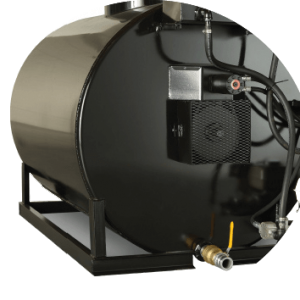


#ASPHALT EMULSION HOME DEPOT CRACK#
BEST OVERALL: Crack-Stix Black Permanent Crack Filler.Read on to learn about the key characteristics to consider while shopping, and discover some of the best asphalt driveway crack filler options available. Fortunately, there are products on the market that can help seal asphalt cracks without having to hire a contractor. Sealing all the cracks soon after they appear is one of the best actions to take for extending the longevity of an asphalt driveway. These cracks also can accumulate dirt, debris, and weeds that might grow within them. Cracks allow moisture to seep into the asphalt, which can erode the base of the driveway and cause the cracks to widen as the water freezes and thaws.
#ASPHALT EMULSION HOME DEPOT CRACKED#
At this time, preliminary tests have been run and larger-scale experiments are under way.A cracked driveway can be unsightly, plus it can lead to more extensive damage if left untreated. New asphalt was tested for background purposes and no toxicity was found in multiple runoff samples from asphalt less than 24 hours after it was poured. Both the runoff from the sealed surfaces and the coatings, themselves, have been tested for toxicity via the MicroTox light output procedure. The runoff was also tested for a variety of water quality parameters such as: total organic carbon (TOC), total suspended solids (TSS), volatile suspended solids (VSS), and chemical oxygen demand (COD). These treatments include sealants, waterproofers, surface cleaners, crack fillers, and paints. Water quality and toxics contained in runoff from surfaces that have been treated with a variety of coatings were investigated in both a qualitative and quantitative manner. The extensive use and reapplication of sealant could unknowingly be polluting urban streams and watersheds in the U.S. Due to the tendency of coatings to abrade over time, it is often recommended that sealant be reapplied to driveways/parking lots every two to three years (Dubey, 1999).

The sale of coal tar sealants has been banned in many residential supply stores (Home Depot, Lowe’s), but coal tar sealants remain in use in a variety of industrial applications (Hogue, 2007). A recent study has shown that runoff from sealed parking lots could account for a majority of polycyclic aromatic hydrocarbon (PAH) loadings in urban watersheds (Mahler et al., 2005). Runoff from roads and parking lots has been shown to have high levels of pollutants and to be toxic to both freshwater and marine organisms (Maltby et al., 1995 Pitt et al., 1995 Greenstein et al., 2004).

It has also been shown that coal tar contributes to embryo and larval mortality in fish (Kocan et al., 1996) and that coal tar inhibits the growth and biodiversity of macroinvertebrates and benthic phytoplankton (Oberholster et al., 2005). Recent literature has suggested that coal tar based asphalt sealants have contributed to alterations in the survival, growth, and development of amphibians (Bryer et al., 2006). Coal tar is a known human carcinogen and is detrimental to the health of a variety of organisms. There are two types of sealcoat generally used in the United States today: asphalt emulsion and coal tar emulsion. Runoff from these surfaces may be a significant source of toxics to the environment. Coatings are often applied to parking lots and driveways in order to enhance appearance and to protect the surface. The study results qualified and quantified the types and concentrations of pollutants in runoff from surfaces sealed with a variety of products. Presented in this paper are results from a field and laboratory study of the potential runoff toxicity from coated surfaces.


 0 kommentar(er)
0 kommentar(er)
